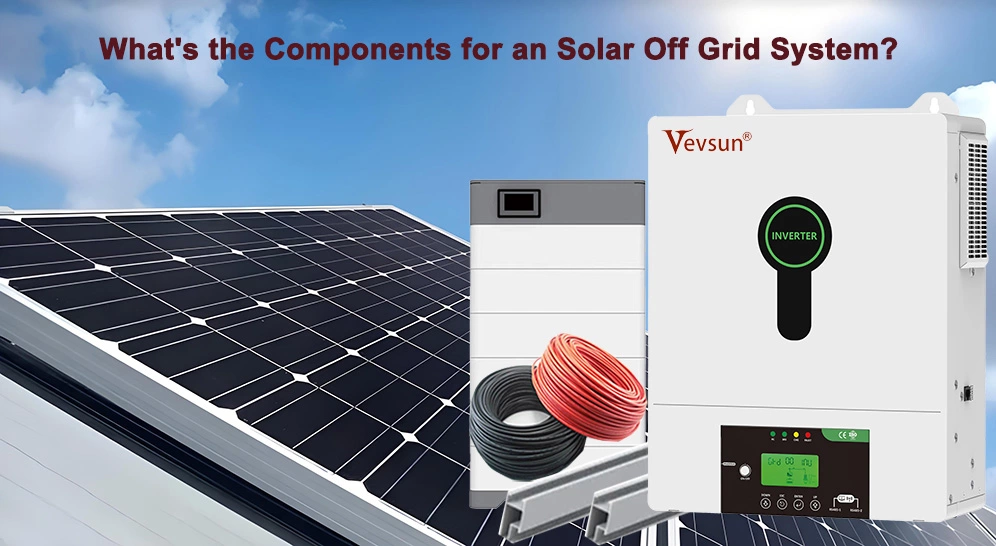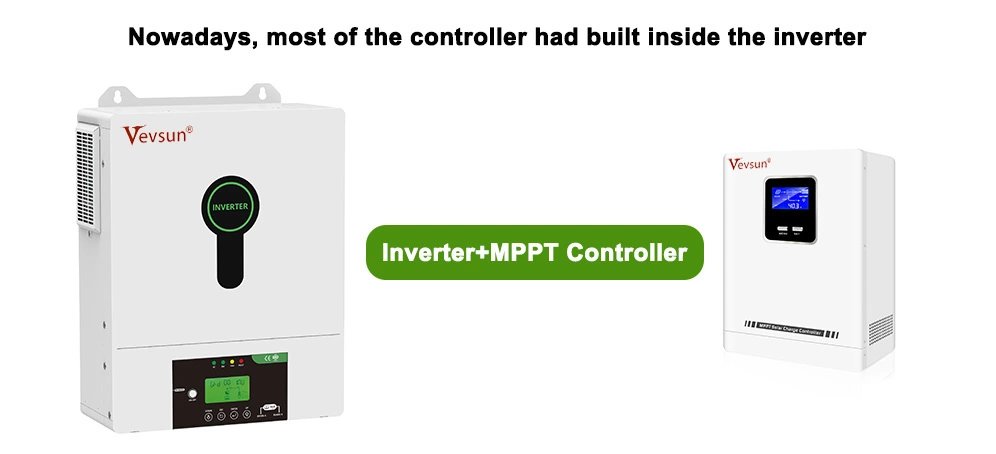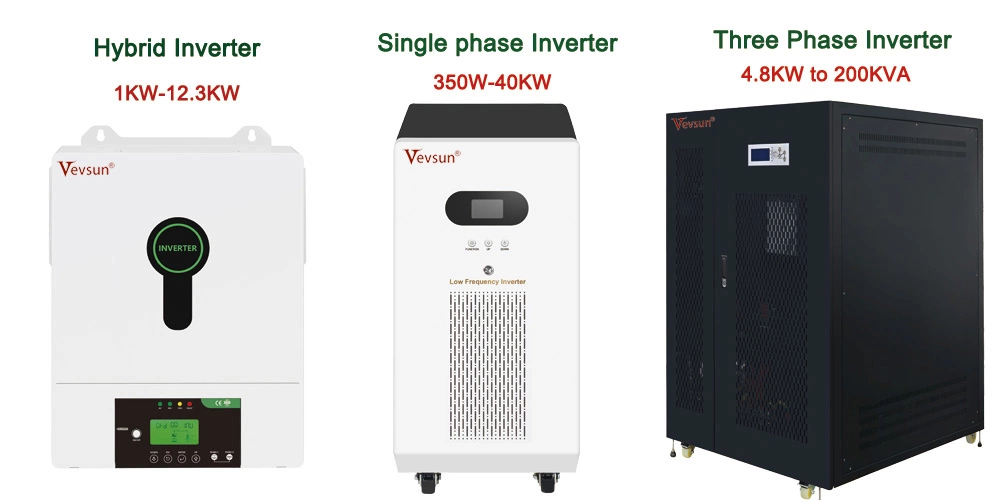What's is the Components for an Off Grid Solar System?
 Jul 19,2025
Jul 19,2025

 Vevsun
Vevsun
Components of a Solar Off Grid System
If you live in an area with frequent power outages or insufficient electricity supply but abundant sunlight, installing an off-grid solar power system can significantly improve your energy situation. Solar photovoltaic (PV) systems harness renewable energy from the sun, providing a green, clean, and sustainable power solution. Unlike traditional energy sources, solar power offers long-term reliability and environmental benefits.
An off-grid solar power system operates independently from the public grid, making it ideal for remote locations with unstable or no grid coverage. But how exactly does such a system work, and what components are necessary for its setup? Below, we will explore the essential equipment and configurations of an off-grid solar power system in detail.
Table of Contents
Core Components of an Off-Grid Solar Power System
1. solar panel
2. solar charge controller
3. battery bank
4. off grid inverter
5. additional optional components
6. Vevsun Energy Solar Power System
How an Off-Grid Solar System Works?
Core Components of an Off-Grid Solar Power System
A fully functional off-grid solar power system consists of several key components, each playing a critical role in energy generation, storage, and distribution.
1. Solar Panels (Photovoltaic Array)
Solar panels are the primary components responsible for converting sunlight into electricity. They consist of multiple photovoltaic cells that generate direct current (DC) electricity when exposed to sunlight. Depending on energy requirements, multiple panels can be connected to form a solar array, increasing total power output.
There are different types of solar panels available, including monocrystalline, polycrystalline, and thin-film panels, each with varying efficiency levels and costs. Monocrystalline panels, for example, offer higher efficiency but come at a premium price, while polycrystalline panels are more affordable but slightly less efficient.
2. Solar Charge Controller
The solar charge controller acts as the system’s regulator, managing the power flow between the solar panels and the battery bank. Its primary functions include:
Preventing overcharging of batteries by limiting voltage and current.
Protecting against reverse current flow (from batteries to panels at night).
Ensuring optimal charging efficiency through Maximum Power Point Tracking (MPPT) or Pulse Width Modulation (PWM) technology.
MPPT controllers are more advanced, offering higher efficiency by adjusting electrical resistance to maximize power extraction from the panels.
3. Battery Bank
Since solar energy is intermittent, a battery bank is essential for storing excess electricity generated during sunny periods for use during nighttime or cloudy days. Common battery types used in off-grid systems include:
Lead-Acid Batteries – Affordable and widely available but require regular maintenance and have a shorter lifespan.
Lithium-Ion Batteries – More expensive but offer longer lifespans, higher efficiency, and minimal maintenance.
Proper battery sizing is crucial to ensure sufficient storage capacity based on energy consumption needs.
4. Off-Grid Inverter
Most household appliances run on alternating current (AC), whereas solar panels and batteries produce or store DC power. An off-grid inverter converts DC electricity from the battery bank into AC power, making it compatible with standard appliances.
Inverters come in different types:
Pure Sine Wave Inverters – Provide clean, stable power suitable for sensitive electronics.
Modified Sine Wave Inverters – More affordable but may cause issues with some devices.
Selecting the right inverter depends on the types of loads connected to the system.
5. Additional Optional Components
While the above components form the core of an off-grid solar system, several supplementary parts enhance functionality and safety:
Loads – These include DC loads (e.g., LED lights, USB devices) and AC loads (e.g., refrigerators, TVs).
Mounting Structures – Solar panels require sturdy racks or mounts for optimal sun exposure (roof-mounted, ground-mounted, or pole-mounted).
Wiring and Cables – High-quality cables ensure efficient power transmission with minimal energy loss.
Monitoring Systems – Advanced setups may include energy meters or remote monitoring for performance tracking.
How an Off-Grid Solar System Works?
The operation of an off-grid solar power system follows a straightforward process:
Energy Generation – Solar panels absorb sunlight and convert it into DC electricity.
Power Regulation – The charge controller directs the electricity to either power connected loads or charge the battery bank.
Energy Storage – Excess energy is stored in batteries for later use.
Power Conversion – When AC power is needed, the inverter draws energy from the batteries and converts it to usable AC electricity.
Backup Supply – During periods without sunlight, the battery bank supplies power to maintain continuous operation.
Advantages of Off-Grid Solar Systems
Energy Independence – No reliance on unstable grid power.
Eco-Friendly – Reduces carbon footprint by using renewable energy.
Cost Savings – Eliminates electricity bills after the initial investment.
Scalability – Systems can be expanded by adding more panels or batteries.
6. Vevsun Energy Solar off grid system
We provide complete solar off grid system solution, products include solar panels, controller, inverter, battery (lead acid battery/lithium battery), solar mounting bracket, cables, MC4 connectors, etc.
We can help customer matched solar systems according to their different request. Solar system for home, solar system for industrial, solar system for factory, solar system for farm, etc.
Conclusion
An off-grid solar power system is an excellent solution for areas with unreliable electricity access. By understanding its components—solar panels, charge controllers, batteries, inverters, and additional accessories—you can design a system tailored to your energy needs. With proper installation and maintenance, solar power provides a sustainable, efficient, and long-term energy solution.

 Home
Home



 The Ultimate Guide to Choosing the Right PV Inverter.
The Ultimate Guide to Choosing the Right PV Inverter.  You May Also Like
You May Also Like

 Tel
Tel
 Email
Email
 Address
Address











